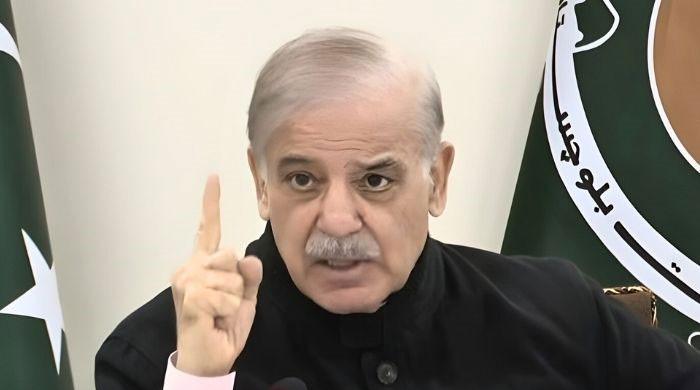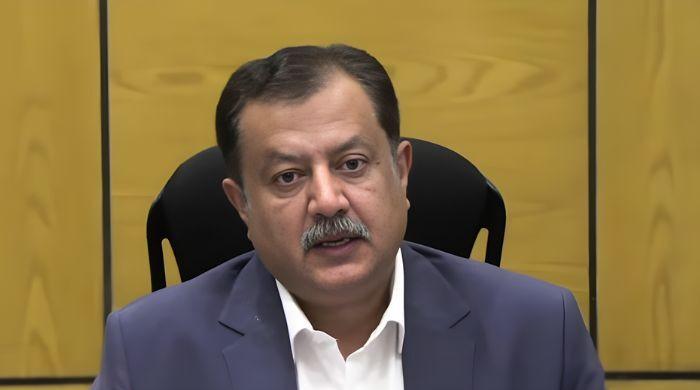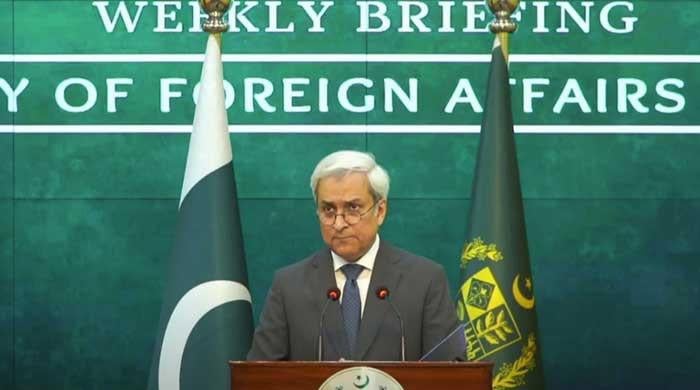FAQs: What are surveys and what do they say about voting trends?
The science and reasoning behind surveys
July 04, 2018
What is the basic science behind surveys and polls?
Yes, there is a science behind surveys if they are carried out by professionals and independent polling and research companies trained for this purpose. A sample is selected carefully by geography, gender, age, and income bracket to match the generic population. Researchers then randomly select people to ask questions as neutral as possible in a non-suggestive way.
How accurate are surveys and polls?
If done scientifically, surveys and polls can be close to reality. However, they cannot predict the future 100% of the time. In fact, there have also been many times when they were famously wrong but, in general, they can serve as useful tools to capture trends about what people are thinking.
How are these polls different from each other?
Gallup and Pulse polls are both nationwide whereas IPOR is Punjab only. The Gallup poll does not include Fata and AJK but these areas are included in the Pulse survey. Generally, it is believed in the research community that Gallup has a slightly more robust rural sample as compared to Pulse, which is stronger with its urban sample.
If IPOR is Punjab only, why do national surveys like Pulse and Gallup have lesser respondents?
The IPOR survey is carried per constituency in Punjab where there are over 140, so the sample size had to take each constituency into consideration. It is easier to do a national survey as the sample needed can be more broad-based. The more local an area you want to represent, the more specific a sample is required to represent the variety that exists in that community.
What is the main reason why PTI has been gaining and PML-N losing in the surveys?
The government in Balochistan fell in January 2018. The Senate elections took place in March 2018 without PML-N officially present due to a technicality as a result of the full judgement by the honourable Supreme Court against former Prime Minister Nawaz Sharif. In early May 2018, southern Punjab politicians associated with PML-N quit and joined PTI. Also, within May, an interview was given by Nawaz Sharif which was perceived by many as controversial. Gallup and Pulse carried out the latest national surveys in this backdrop, which can explain some of the differences that have emerged in both polls conducted between November 2017 and May 2018.
If all three surveys show that PML-N is still ahead in Pakistan's largest province, then why is the race tighter at the national level? Isn't it true that whoever takes Punjab will also take the center?
Punjab is still with PML-N, but its gap has reduced with PTI in all surveys, especially in southern Punjab and Balochistan. For example, in Balochistan PML-N has gone from the top contender in November 2017 to not even in the top 3 in May 2018. The shifting of electable candidates to other parties has had an impact in areas such as southern Punjab and Balochistan (except Quetta) where the vote is traditionally linked to the "braderi" and the individual rather than to the party.
What is the correlation with national polling data and seats won in National Assembly?
The translation of polls data to actual seats in the National Assembly is not an exact science. What these polls show is a trend that most of the provinces will continue with the current governments.
It is more difficult to interpret the data in the centre as there is no clear winner. In order to win in the centre, one needs simple majority—over 136 seats. Currently, no party seems to be getting a 50% share. However, in the Pakistani electoral system, a majority is not required in each consistency to win its elections—you have to just come first even if it is by less than 20% share as long as that 20% is larger than the share of the number 2 party. Therefore, it is possible that a party getting 30% share of the vote nationally can get 50% of the seats. So, the translation of poll results to assembly seats is not clear in the centre but luck will favor whoever is in the lead—even if not by much.









